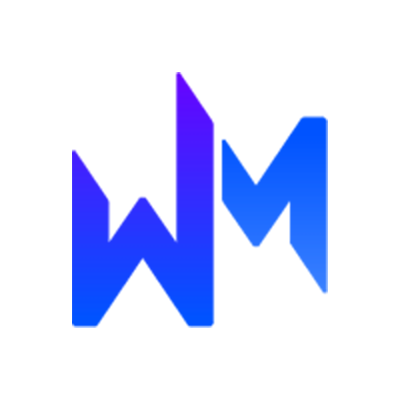Bing Redesigns for Better Results

Microsoft gave the Bing search results page a facelift yesterday, going for "a fresh, de-cluttered experience designed to help you find the results you want faster", according to the Bing Search Blog.
The redesign was based on dozens of experiments conducted over several months, and involved removing the left rail, minimizing the header, increasing the space between lines, consistently placing all results annotations and social data in one spot, among other things. Bing also claims that page-load times are faster and relevance is higher, and that more changes are on the way.
The redesign is noteworthy on a couple of different levels. First, it represents a clear commitment to simpler, cleaner Web design, which has been one of the most important trends of the past year. Secondly, as part of its ongoing competition with the undisputed search leader, Bing not only took a page from the Google playbook, but it out-Googled Google. The new design is actually cleaner than Google's search results page, which was once the poster child for simplicity.
That very fact is an important one for anyone associated with Web design. When Bing first came onto the scene, it tried to compete with Google's simplistic look by dressing itself up and over-accessorizing. After that strategy failed, now Bing is trying to add by subtraction. And when you put the two sites together, Google looks amazingly cluttered today by comparison (see below).
Who really needs all of those additional features when you're making a simple search query? Do the extra elements on the page help or hurt the user's end goal? I say they are a hindrance in the long run, and most of today's website designs could stand to strip out similar unnecessary features that play little to no part in the ultimate goal of conversion.
However, judging from the comments on Bing's blog, the early opinions are mixed - and some of the remarks bring up some very intriguing questions about what makes for the best, most user-friendly Web designs in the search field. Bing's old design
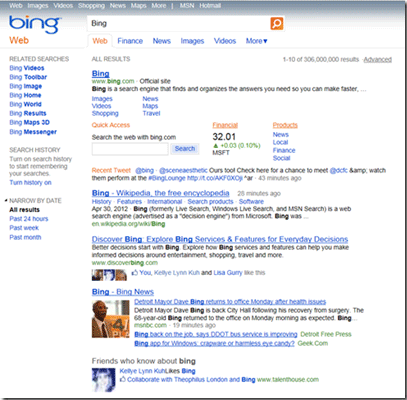
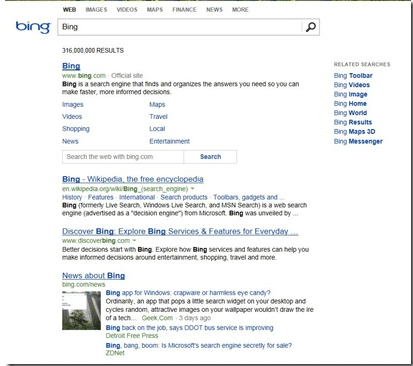
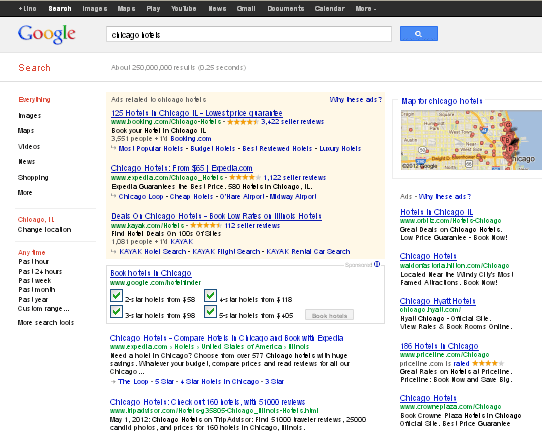
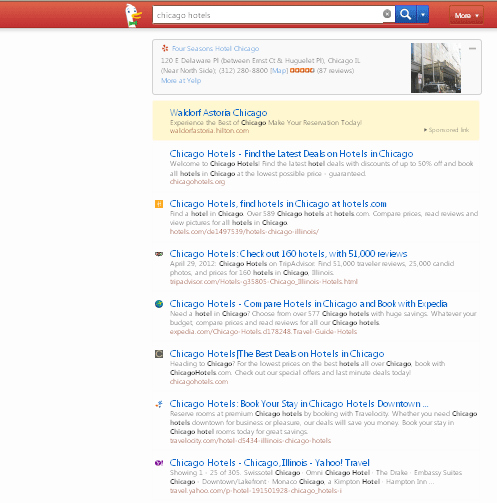
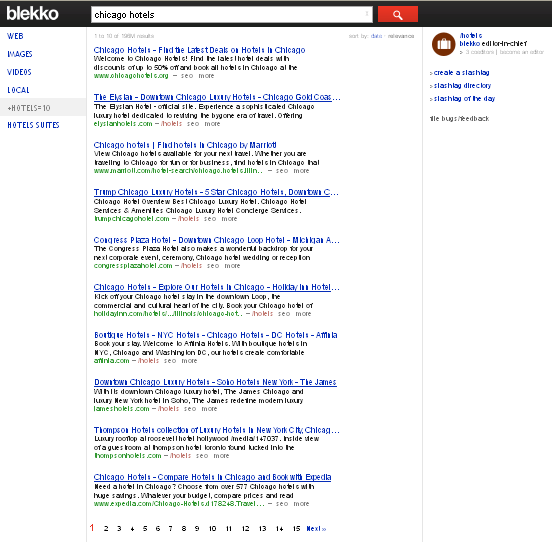

Subscribe to Our Newsletter!
Latest in Web Design







